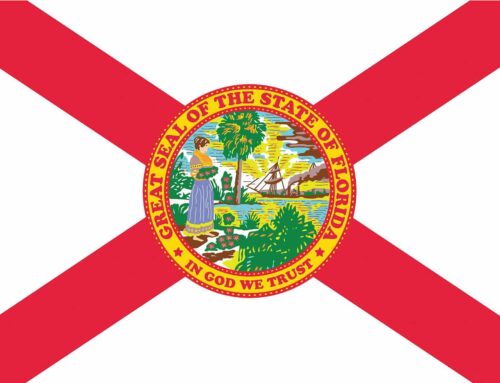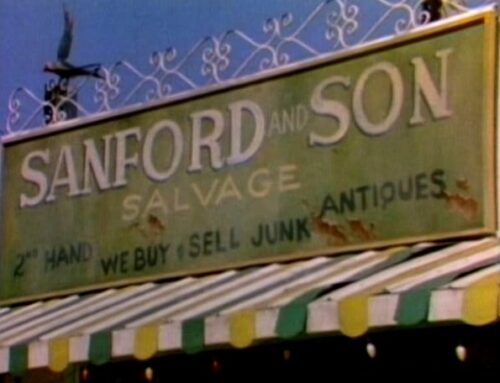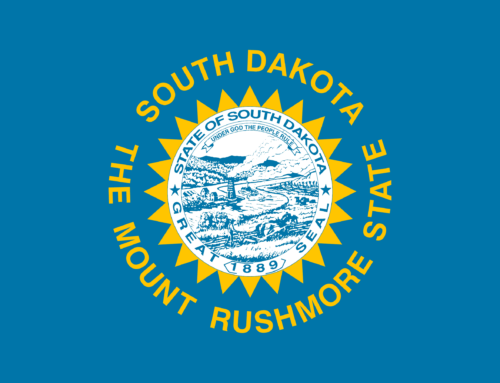A word about gap insurance…
Recently I had not one, but two new cars stolen right from my driveway. (Yes, I do live near St. Louis. Why do you ask?)
One of them was mine, and the other was my daughter’s brand new car.
In both cases, I had financed the cars. And I had negative equity in both cars. That’s finance-speak for “I owed more on the cars than they were worth.” That is, I was “upside down” on the cars.
This happens a lot… I buy and sell cars all the time and I finance them, because I’d rather invest my cash in building Select Insurance Group than put it in a car.
But I love cars, and I love driving new and like-new ones.
In both cases, I had gap insurance on the cars.
And it saved my @$$.
If it weren’t for the gap insurance I bought, I would have been $20,000 or $30,000 out of pocket. I would have had to repay both loans. AND replace those two cars, somehow!
In your standard car insurance policy, there are three basic types of coverage:
- Liability, which pays for damage you might cause to others, whether it’s property damage or personal protection.
- Collision, which pays to repair or replace your vehicle if it’s damaged or destroyed in a collision.
- Comprehensive, which pays to repair or replace your vehicle if it’s damaged or destroyed due to events other than collisions that are beyond your control. Think vandalism, theft, tornadoes, floods, hurricanes, falling branches, fires, pest infestations, etc.
But if you’re financing the car, both you and the lender may have more at risk than just the car: You have the loan, which you still have to pay back, even if the car is totaled!
So you need some additional kind of coverage that protects the loan, not the car itself.
How Gap Insurance Works
If you total the car, and you still owe more on the car than it’s worth, your car insurance policy will pay up to the actual cash value of the car (subtracting for depreciation, and minus your deductible), and the gap insurance policy will pay off whatever’s left on your loan.
So you can walk away clean, except for the deductible you chose.
If you can’t just write a check and walk away from your wrecked car without blinking, you probably need gap insurance. (If you can do so, you probably wouldn’t be financing!)
But here’s what you should know about gap insurance:
It’s a product.
The finance desk at the car dealership isn’t offering it to you out of the goodness of their hearts. They’re looking to make money!
Verily I say unto you: Consumers experience more property damage at the F & I desk at the dealership than they do on the highway.
Gap insurance at a dealership is a massively marked-up product. The dealership buys the coverage wholesale, and sells it to you at whatever they think you’ll fall for. It can be a 300%, 400% or 500% markup. They get a check for it up front, in a few days, from the gap insurance company.
And many times, they’ll get you to finance the purchase! That means they get paid AGAIN, by the finance company.
And you pay that much more in interest over the life of the loan.
Now, here’s the trap:
When you finance the Gap insurance, you’ll be making interest payments on your gap insurance premium not just while you’re upside down in the car, which probably would only be for two or three years, depending on the car and how much you put down, but for the entire life of the loan!
And chances are good they’ll sneak gap premiums for the life of the loan into your finance package, too. Not just for the two or three years you’ll probably be upside down.
You can always count on the effin’ I-desk and their chosen gap insurance vendor to write up the gap policy and loan terms to provide the maximum benefit to them, not you!
It doesn’t make sense to pay interest or premiums on a gap insurance policy when you’re no longer upside down in the car!
But once they lure you into paying a single, up-front gap insurance premium by financing it, you’re stuck!
There’s no graceful way to undo it. The finance company has already written the check to the dealership.
In theory, you could pay off or refinance the loan within a month. But the entire premium is already baked into the loan you’re paying off.
But if you’re financing the car, the finance company might require gap insurance.
What then?
I’ll tell you “what then!” Then you call us! That’s “what then!”
See, the finance company just wants to hedge the risk. They want the gap insurance because that’s part of the loan that’s unsecured. That is, that’s part of the loan they don’t have collateral for!
But they don’t care where you get it from!
And lots of car insurance companies would love to sell you gap insurance themselves – at a fraction of the cost you’d pay buying it from the dealer.
Meanwhile, there are other major advantages, too:
When you buy gap from a third party, or your own car insurance company, instead of from the dealership, you are still in control.
- You’re not paying interest on the loan on your gap insurance premium.
- You can cancel the Gap coverage as soon as you aren’t upside down.
- You can “turn on” or “turn off” the gap insurance at will. Not going to drive the car for the winter? You can reduce or eliminate the gap coverage. Or have it apply only to comprehensive, not to the collision.
How to do it
So here’s how to do it:
As soon as you’ve decided on the car, and you’ve struck the deal on options and pricing, and before you get to the finance desk to sign the loan paperwork, excuse yourself and tell them you’re going to call your car insurance company to get coverage on the car. The finance company will require proof of insurance anyway, at signing, so this is perfectly natural.
Then you call us and have one of my highly-trained, highly-experienced agents get you a bunch of competing quotes from all the best carriers doing business in your state, WITH THE GAP insurance. It’ll be a reasonable monthly amount. Not hundreds or thousands of dollars, unless you’re financing a supercar or exotic.
Then, when you do go into the spider’s w… I mean, the finance office, they’ll hand you a big, long sheet of paper with all the “back-end” products on it.
Since you already have the gap coverage in place, and you can prove it, you can simply take the pen and draw a line through the gap insurance premium on their sheet.
Smile and hand it back to the finance manager, tell him you have gap insurance already from your insurance carrier, and ask him or her to redo the paperwork without the gap insurance.
You’ll save hundreds.
Even better, you will have the finance manager and dealer manager cursing you under their breath.
Which is a great feeling!
See you on the road!
Steve “Mr. Insurance” Ludwig
Don’t Miss These Related Posts!
How to Finance a High-End Car
Do You Need Gap Insurance? (Maybe. But Don’t Get It From The Dealer!)
High Net Worth Car Insurance – Best Practices for the Wealthy






